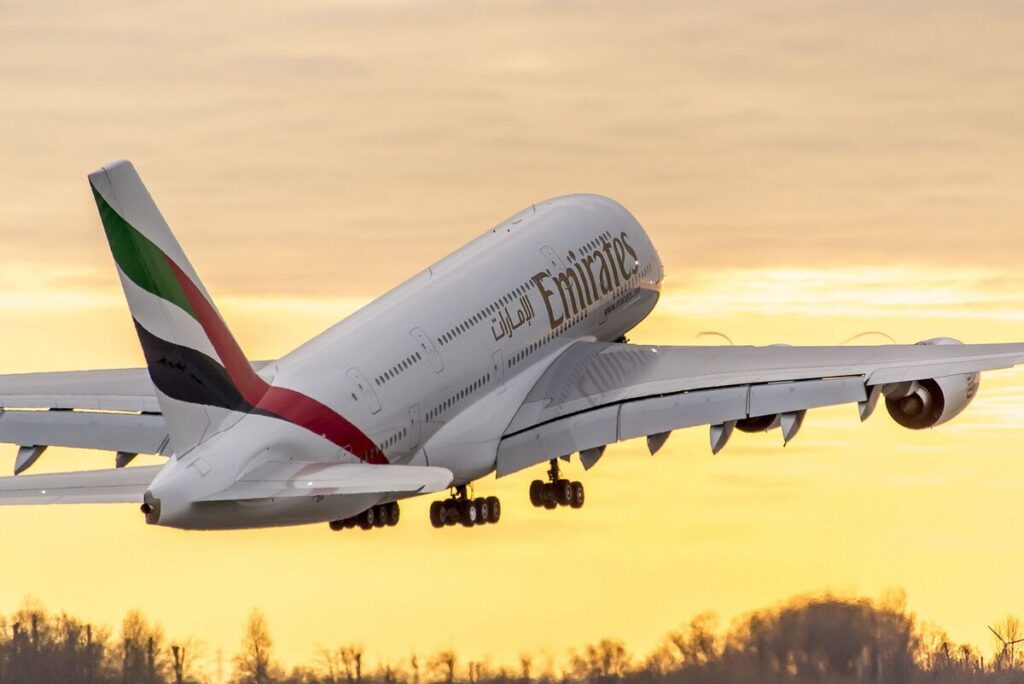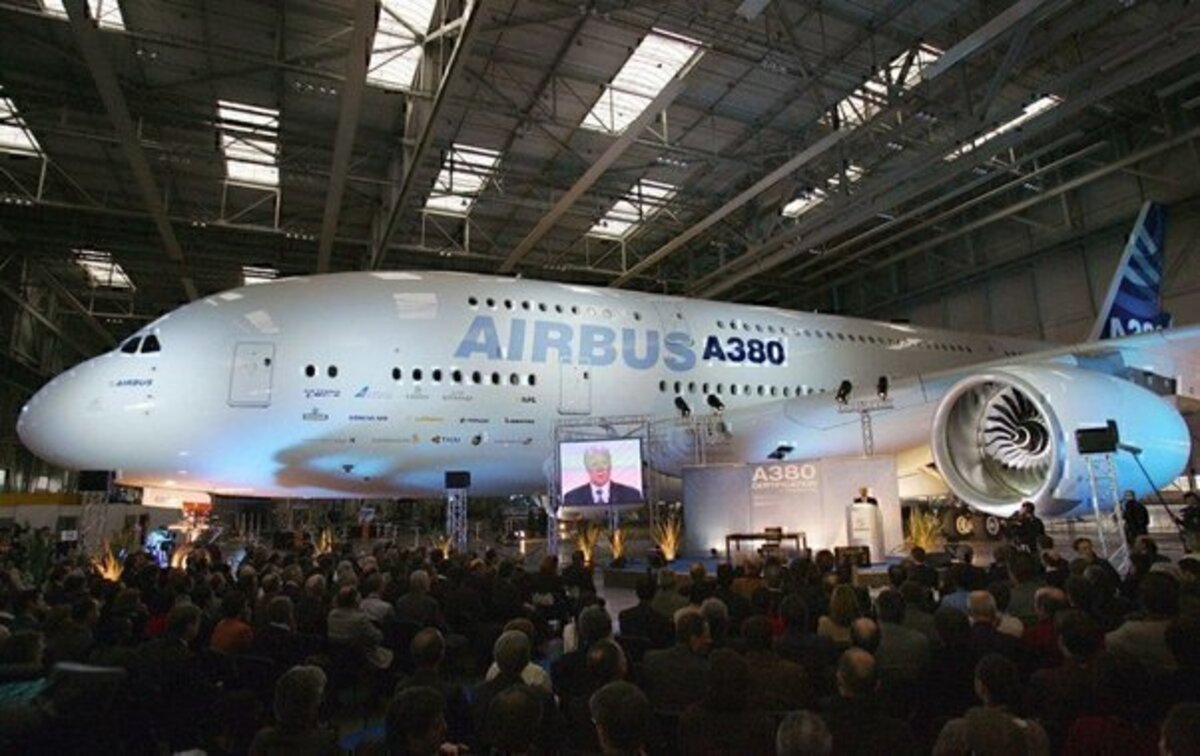The Airbus A380, once celebrated as the pinnacle of aviation engineering, is witnessing a gradual retreat from major airline fleets, particularly in the United States. Singapore Airlines, among other carriers, is leading this transition, signaling the end of an era for the world’s largest passenger aircraft.
Singapore Airlines Adjusts A380 Operations
Singapore Airlines (SIA) has strategically reduced its Airbus A380 operations to North America. In a network update, SIA announced the cessation of its sole A380 service to the continent, specifically the daily flights from Singapore to New York’s John F. Kennedy Airport via Frankfurt. This change, effective from mid-May 2023, involves replacing the A380 with the Boeing 777-300ER, a move aimed at better aligning with travel demand and capacity needs.

Despite this reduction, SIA has reintroduced all 12 of its A380s into service amid a post-pandemic travel rebound. These aircraft now operate on routes to destinations such as Auckland, Hong Kong, London, Mumbai, New Delhi, Sydney, and Tokyo’s Narita Airport. The redeployment reflects SIA’s strategy to utilize the A380’s capacity on high-demand routes, particularly where airport slots are limited.
Global Airlines Reevaluate the A380
Singapore Airlines is not alone in reassessing the role of the A380. Qatar Airways, for instance, plans to begin retiring its A380-800s starting in 2025. The airline’s CEO, Akbar Al Baker, stated that as new Airbus A350-1000s are delivered, the A380s will be gradually phased out. This decision aligns with Qatar Airways’ strategy to modernize its fleet with more fuel-efficient aircraft.
Similarly, Air France has completely phased out its A380s, citing high operational costs and a shift towards smaller, more economical wide-body jets. Lufthansa, which initially retired the A380s due to the COVID-19 pandemic, has reintroduced some into service to cope with increased travel demand, particularly on routes with limited airport slots.
Etihad Airways has also taken a strategic approach. Once planning to retire the A380 permanently, the airline has now reintroduced it on select routes due to increasing passenger numbers. However, the airline has made it clear that its long-term future remains uncertain.
British Airways, on the other hand, remains one of the few major carriers that continue to operate the A380 on multiple transatlantic and long-haul routes, emphasizing its commitment to utilizing the aircraft for as long as demand justifies its operation.
Impact on U.S. Airports
The withdrawal of A380 services has notably affected several U.S. airports. Previously, nine airports, including Boston Logan, Dallas/Fort Worth, and Los Angeles International, regularly accommodated the superjumbo. However, changes in airline strategies have led to a reduction in A380 operations at these hubs.
For example, Dallas/Fort Worth is expected to see no A380 flights from November to December 2024 and April to July 2025, with a brief resumption by Qantas in August 2025. Airports like Miami International and San Francisco International have also seen a decline in A380 operations, replaced instead by newer, more efficient aircraft like the Boeing 787 Dreamliner and the Airbus A350.
Los Angeles International Airport (LAX), once a major hub for A380 operations, still hosts flights from carriers like Emirates and British Airways but has witnessed reduced frequencies as airlines adjust their fleets. New York’s John F. Kennedy Airport, a former key destination for A380s, has also seen a similar decline, with airlines opting for smaller aircraft with better operational efficiency.
Why Airlines Are Moving Away from the A380
There are several reasons why airlines are shifting away from the Airbus A380. While the aircraft was designed to transport large numbers of passengers efficiently, changing industry trends have made it less viable for many carriers.
High Operational Costs
The A380 is expensive to operate. Its four-engine design consumes significantly more fuel compared to modern twin-engine aircraft like the Boeing 787 or the Airbus A350. With fuel prices fluctuating and airlines prioritizing fuel efficiency, the A380 has become a costly option.
Changing Passenger Trends
The travel industry has evolved since the A380 first entered service in 2007. The rise of point-to-point travel has reduced the need for ultra-large aircraft operating on hub-and-spoke models. Passengers now prefer direct flights on smaller, more fuel-efficient planes, which has reduced demand for massive jets like the A380.
Limited Production and Support
In 2019, Airbus officially announced the end of A380 production, with the last aircraft delivered to Emirates in 2021. With no new A380s being built, airlines must rely on existing aircraft, which will eventually require costly maintenance and part replacements. As a result, many carriers have opted to phase out the aircraft in favor of more sustainable options.
The Future of the A380
While some airlines are retiring the A380, others are reintroducing it to meet specific market demands. Lufthansa and Etihad Airways have reactivated several A380s, and Qantas plans to resume A380 flights between Sydney and Dallas from August 2025. Emirates remains the largest operator, with 118 A380s serving numerous global routes.
The mixed approaches to the A380’s future underscore the complexities airlines face in balancing operational efficiency, environmental considerations, and passenger demand. As the aviation industry continues to evolve, the role of the A380 will likely be defined by these competing factors, marking a significant shift in the landscape of international air travel.
For now, the A380 remains an iconic aircraft, admired by aviation enthusiasts and passengers alike. However, as airlines continue to adapt to modern challenges, the superjumbo’s days in the skies appear to be numbered. Its legacy as a groundbreaking aircraft will remain, but its role in the future of aviation is becoming increasingly uncertain.
Investors Flock to Qatar Amid Economic Diversification Efforts



